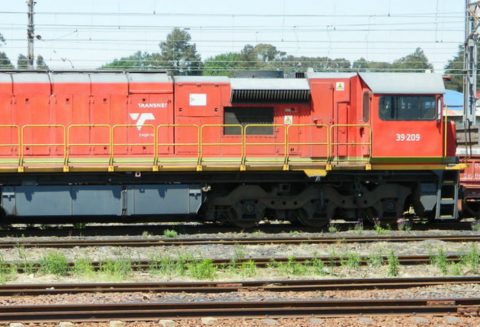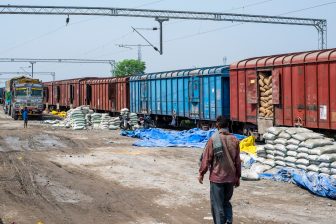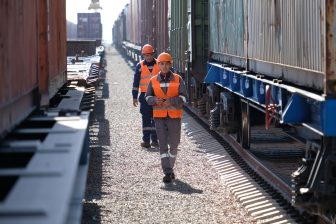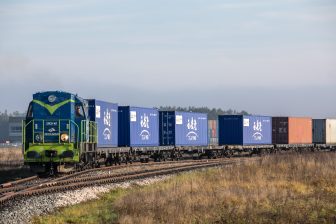
Braking energy of diesel-hauled freight trains can be stored
Transnet is developing a system that recovers and reuses braking energy in diesel-hauled freight trains. The waste energy generated by braking applications on the unpowered axles of freight wagons can be captured and stored, resulting in energy savings of up to 24 per cent. Transnet revealed its business case at the 11th International Heavy Haul Association Conference held in Cape Town last week.
In a conventional braking system, excess kinetic energy is converted to heat but not stored. In the last few years, the storage of energy has been the focus of experiments by several companies in the railway industry. According to Transnet, implementation of a generative braking systems in diesel-hauled trains is an innovation.
The model
The model presented by Transnet is named the Distributed Kinetic Energy Recovery System (D-KERS) and is the brainchild of Andreas Pyper, engineer at the company. When the brakes are activated, the Energy Storage Solution (ESS) of the wagon is charged. When the motoring traction is applied, the storage mechanism is discharged.
The D-KERS unit is installed inside the bogie, creating space for four units in each wagon and is not limited to a specific ESS, although a high-speed flywheel is the preferred option because there are no conversion losses and a long service life with almost no degradation, Pyper was quoted explaining in the International Railway Journal.





